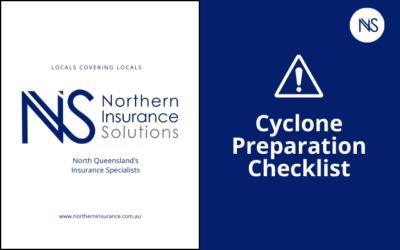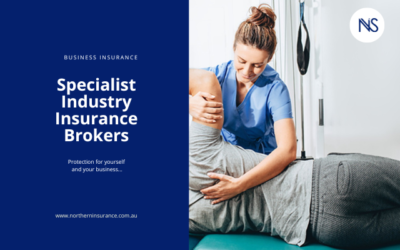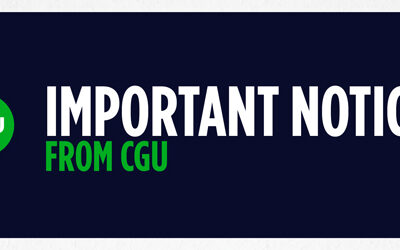How to keep your small business team safe in the workplace

According to the Australian Bureau of Statistics, construction, agriculture, mining, transport, manufacturing, and warehousing industries have the highest rates of injuries, 43% are small business workers.
But Australian small businesses can do more to minimise the risks of employees becoming injured at work. Those that adopt best practices enjoy these benefits:
- Increased productivity
- Slimmer insurance premiums
- Fewer employees off work because of illness
- Stronger employee morale and retention
- Minimised costs to train replacement staff
However, in its new workplace health and safety strategy for the next decade, Safe Work Australia acknowledges the challenges that small businesses face in reducing the risks of injury. The organisation says a robust approach need not be costly or complicated.
Safe Work Australia says small businesses in particular want clearer guidance on their responsibilities. So here are our tips to reduce the confusion.
Identifying hazards in the workplace
Maybe you’ve noted a risk or near miss or an employee has reported an issue. Think historical slips, trips and falls too. If so, observe staff doing the risky work-related tasks, seek insights into any issues and why they need solving. Be open to suggestions as to how.
Keep these in mind:
- The seriousness of the risk and possible injuries
- Effectiveness of the current control measures in place, if any
- Possible actions to minimise the risk level
- Urgency of risk management.
Developing & rolling out safer work systems
Business Queensland offers this guidance for creating and implementing your workplace health and safety systems:
- Secure your managers’ commitment
- Consult with your staff
- Set out and refine your safe work procedures
- Build in training (and refreshers) and supervision
- Determine your risk management approach
- Have a process for reporting near misses, incidents and accidents, plus what should happen afterwards
- Understand your obligations under workers’ compensation laws and return-to-work programs.
Consider physical and psychosocial risks involving work as well as for those who are based remotely or travelling on the job. Psychosocial risks are ones that could harm someone’s mental health. Tackle the full gamut, including with policies and procedures, for:
- Working early and leaving late
- Working in isolation, alone or at night
- Work requiring travel
- Remote work and being based at home for work
- Workplace harassment and bullying.
Examples of risk control measures
As part of a detailed risk management plan, here are some typical risk control measures you might wish to include:
- Shorter shifts or longer rest breaks for staff
- Move a work process to a less-crowded area
- Modify a work process to minimise the injury risk
- Determine which roles and employees are most at risk and give them extra onsite training and support
- Clearly sign the workplace area to remind staff of the risks
- Offer bonuses or incentives for implementing safe work practices
- Practice emergency drills.
Your WHS duties
As a small business operator or owner, you will be the PCBU, ‘a person conducting a business or undertaking’. Therefore, you have the primary duty of care to others undertaking work on your site, in transit or remotely, as well as visitors affected by that activity.
Safe Work Australia lists PCBU’s duties as being reasonably practical in ensuring:
- A safe work environment
- Plant and structures are safe and maintained
- Safe work systems
- Plant, structures and substances are used, handled and stored safely
- Amenities, such as washrooms, lockers, and dining areas are accessible and up to standard
- Relevant training, instruction, information and supervision
- Workers’ health and conditions in the workplace are monitored
- Premises or accommodation you own are maintained suitably for workers’ safety
The Model WHS laws are set by Safe Work Australia. However, each state and territory implement them as their own laws to make them binding, so be sure to check what applies in your area. Find the full list of regulators here.
Check your workers compensation insurance
Each State and Territory also set down their own laws about workers’ compensation, which is compulsory for all employers. That’s whether your staff are full-time, part-time, casual, an apprentice or have a written or oral service contract with you.
Workers’ compensation helps protect workers suffering a work-related injury or disease. They may be entitled to weekly benefits, medical and hospital expenses, rehabilitation, particular personal items and a lump sum if permanently impaired, says the Insurance Council of Australia.
Your insurance premium is typically based on:
- The collective wages amount you pay your employees
- The sector in which your business operates
- Your company’s claims history
Let us guide you on the best-fit options for your business whether you need to review or take out a new policy.
Call our Ayr office today on 07 4783 1310 and get the best value for money insurance policy.
Northern Insurance Solutions
Locals Covering Locals


